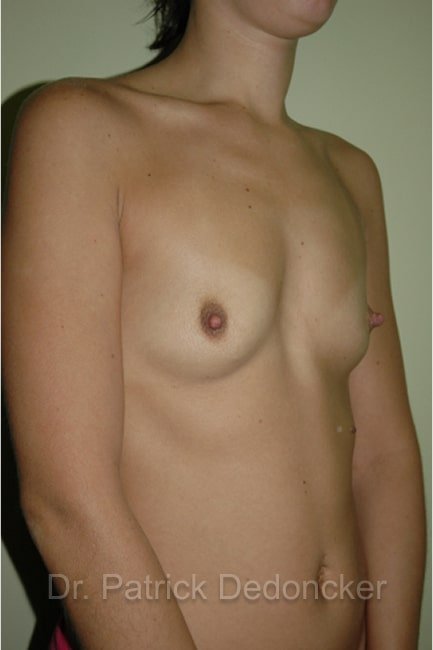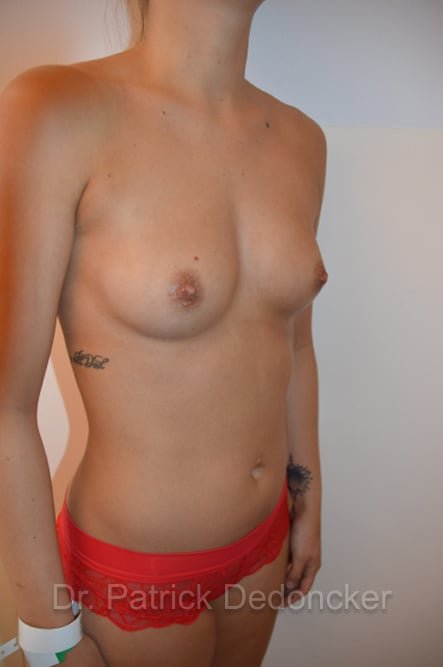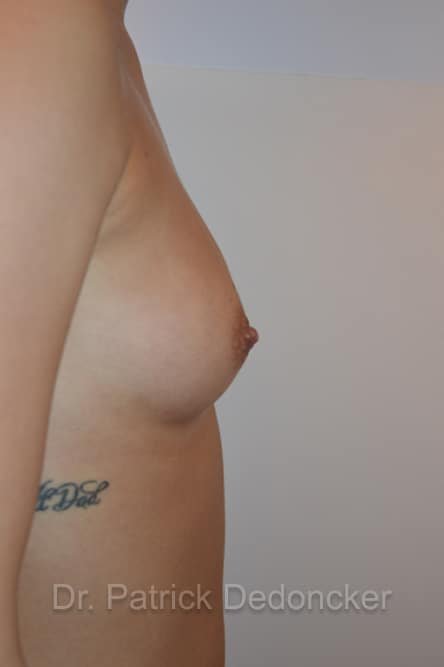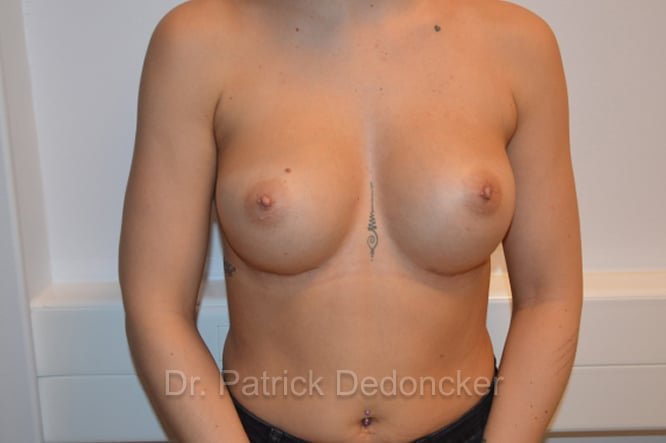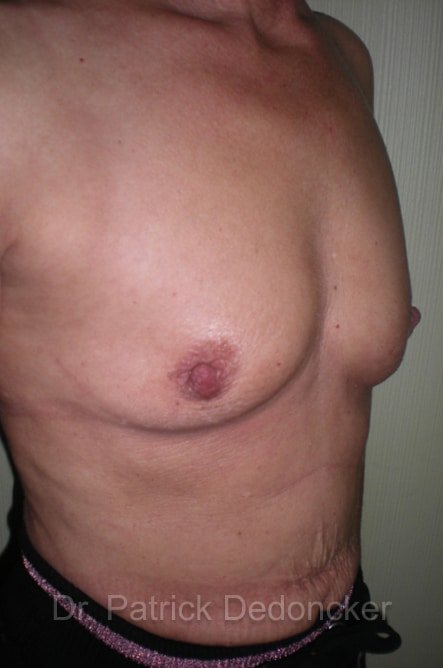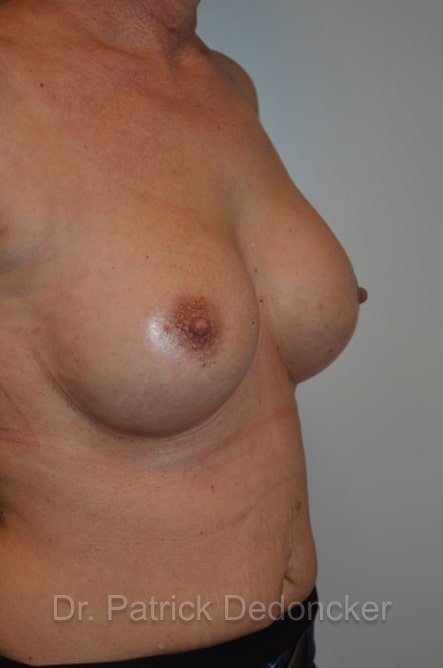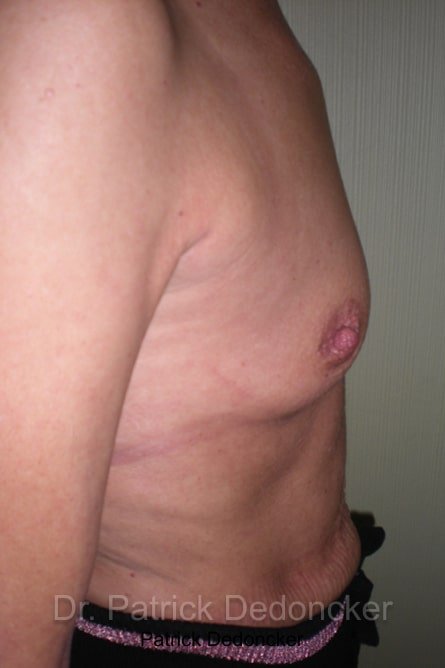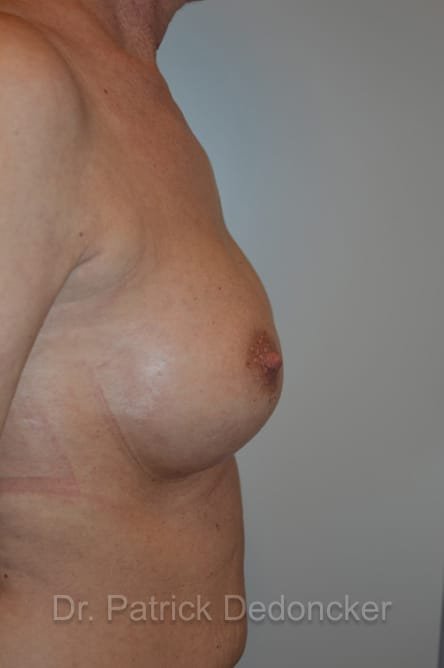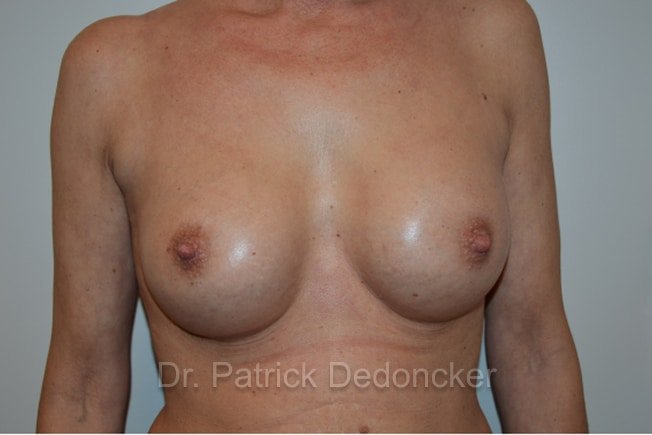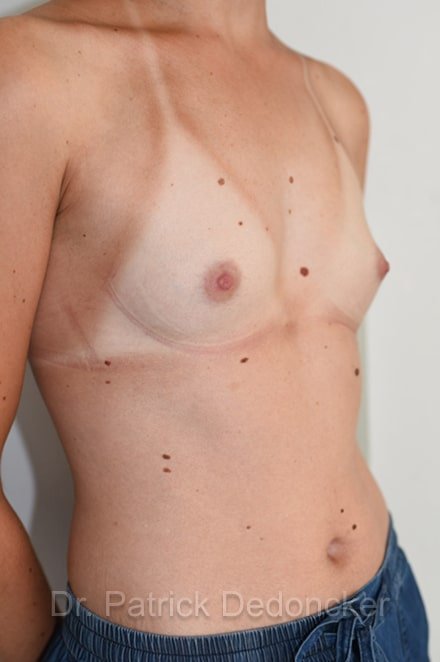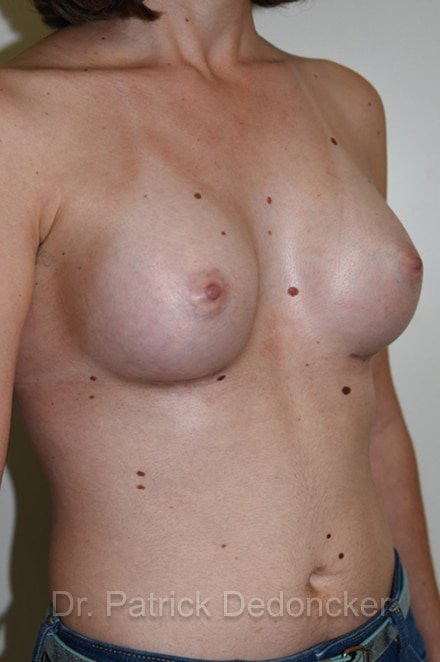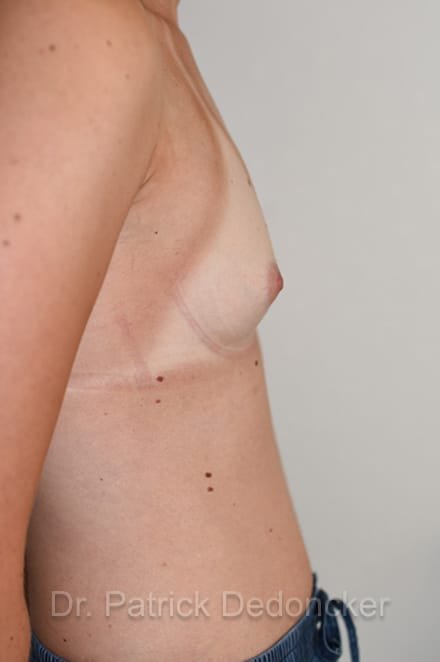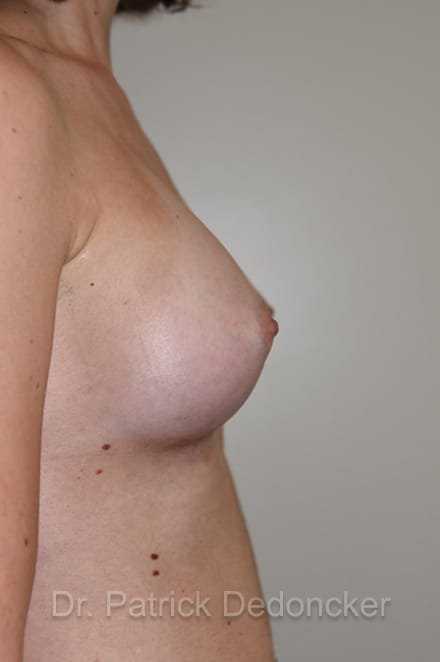Treatment
Many women dream of a fuller and more beautiful bosom. After pregnancy, due to slimming or ageing, breasts can become smaller or simply less firm. But breast enlargement is also a solution for women whose breasts are underdeveloped. Your self-confidence is boosted when you can flaunt a young, firm bosom with one or more cup sizes added. Breast augmentation is successful when the new bosom looks natural and the surgery scar is invisible.

How does breast augmentation happen?
Through the armpit, nipple or breast fold
Breast prostheses can be inserted through the armpit, nipple or breast crease. The skin incision is usually no longer than 3 cm. Insertion of the prosthesis through the armpit is quite difficult and post-bleeding is possible because the distance to the breast is large. If the nipples are 2.5 cm or more in diameter, the prosthesis can be inserted through the nipple. Many women choose to insert the prosthesis through the breast fold at the bottom.
Submuscular vs. subglandular
An implant is preferably placed as deep as possible, i.e. behind the pectoral muscle. This is also called submuscular or subpectoral. This localisation is the standard; after all, an implant is a foreign body.
Sometimes the prosthesis needs to be less deep, namely between the pectoral muscle and mammary gland (subglandular). This is the case when the breast is already starting to sag a little more. A prosthesis placed behind the pectoral muscle then gives too unnatural a silhouette.
The right guidance for the right choice
The right size
Most women choose a natural volume, usually between 200 and 350 cc. For a deeper cleavage, 350-500cc or more may be appropriate. Within the same volume, there are different profiles:
High profile: narrower, protrudes more forward, suitable for a narrow chest, more rounded look.
Low profile: wider, flatter, natural look.
Normal profile: compromise between the two.
The right shape
Round implants are more flexible and therefore easier to place through a smaller incision. They are cheaper and give the breast a nice round shape with extra padding at the top, which is ideal for a flatter upper part of the breast.
Anatomical implants have a teardrop shape that ensures a natural result. They are slightly more expensive and trickier to place due to the firmer gel, but offer a subtle and elegant look.
The right filling
Silicone implants are filled with a cohesive gel that feels natural and is leak- and crack-free. This makes them reliable and most popular.
Water-filled implants (saline) are filled with saline solution during surgery. They feel less natural and have a risk of leaking, so they are hardly used these days. New, experimental fillings are not used because of unknown long-term effects.
The right manufacturer
For your safety, we use A-brand implants only that meet the highest quality standards. These implants offer a 10-year warranty.
It is essential to do not skimp on quality of an implant because it is permanently present in your body. We therefore select only manufacturers with a proven track record and the highest reliability.
Important information
Scar
To obtain an invisible scar, the wound is only sutured subcutaneously and the skin itself then glued. So there are no traditional sutures. When the implants are inserted through the breast fold, you are left with a fine line from the procedure. A prosthesis inserted through the nipple gives almost an invisible scar.
Recovery
The first 48 hours after surgery can be quite painful. However, classic painkillers such as ibuprofen and paracetamol can relieve most of the suffering. After surgery, the chest is taped. This special dressing is removed after 1 week. From then on you can shower. Afterwards, an elastic sports bra is worn during the day for another six weeks or so.
Normally, you can resume work one week after your surgery.
Sport that uses the pectoral muscles (fitness, tennis, power training) is best resumed only 1 month after surgery.
The prosthesis is firmly anchored in the body after two months.
Possible risks
Breast augmentation is one of the safest surgeries. Rejection due to infection almost never occurs and capsular contracture is rare. We also administer antibiotics during the procedure. The risk of capsular contracture is greatly reduced by using silicone prostheses with a rough textured surface that are placed submuscularly (behind the muscle). Should capsular contracture still occur, it can be treated. Haemorrhage is rare. It is avoided by precise laser coagulation of any bleeding blood vessels.
Anaesthetic
With the refinement of surgical technique and strong advances in anaesthesia in recent years, breast augmentation is performed under light general anaesthesia. As a result, you will feel much fitter after the procedure. An overnight stay at the clinic is therefore also unnecessary.
Precautions
All our procedures are performed in the safest conditions by the plastic surgeon.
Although breast augmentation is usually done under general anaesthesia, you are still continuously monitored (automatic, repeated blood pressure readings, constant oxygen saturation readings, electrocardiogram) by the surgeon during the procedure. Only this procedure guarantees the highest possible safety for you as a patient. Additional local anaesthesia not only ensures an operation without pain, but also minimal blood loss and bruising.
If you take blood-thinning drugs, please inform the doctor beforehand. After your procedure, you will be given your plastic surgeon's personal mobile phone number so that you can feel safe.
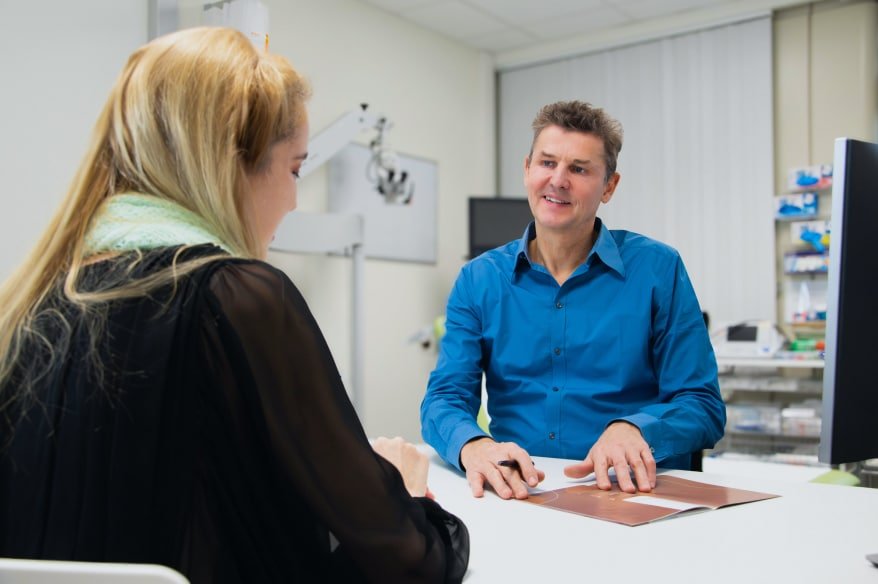
How an appointment at our clinic will proceed
At our clinic, we take a personal and expert approach to boost your self-confidence and achieve the best results.

Dr. Patrick Dedoncker
Certified plastic surgeon
Make an appointment
Simply schedule your appointment online or by phone. Choose a time that suits you and let us know your specific wishes or questions in advance.
Consultation
During the consultation, Dr. Patrick Dedoncker discusses your wishes and expectations. We perform a comprehensive analysis to draw up a personalised treatment plan.
Get to know
Meet recognised plastic surgeon Dr. Patrick Dedoncker, who will go through your treatment plan with you in detail. Together we determine the best approach for the desired result.
Treatment and care
Experience professional care and guidance, tailored to your needs. We make sure you feel comfortable and well-supported during and after treatment.
Contact us
Have questions or want to schedule an appointment? Fill in the contact form and we will contact you within 24 hours to help you further!

